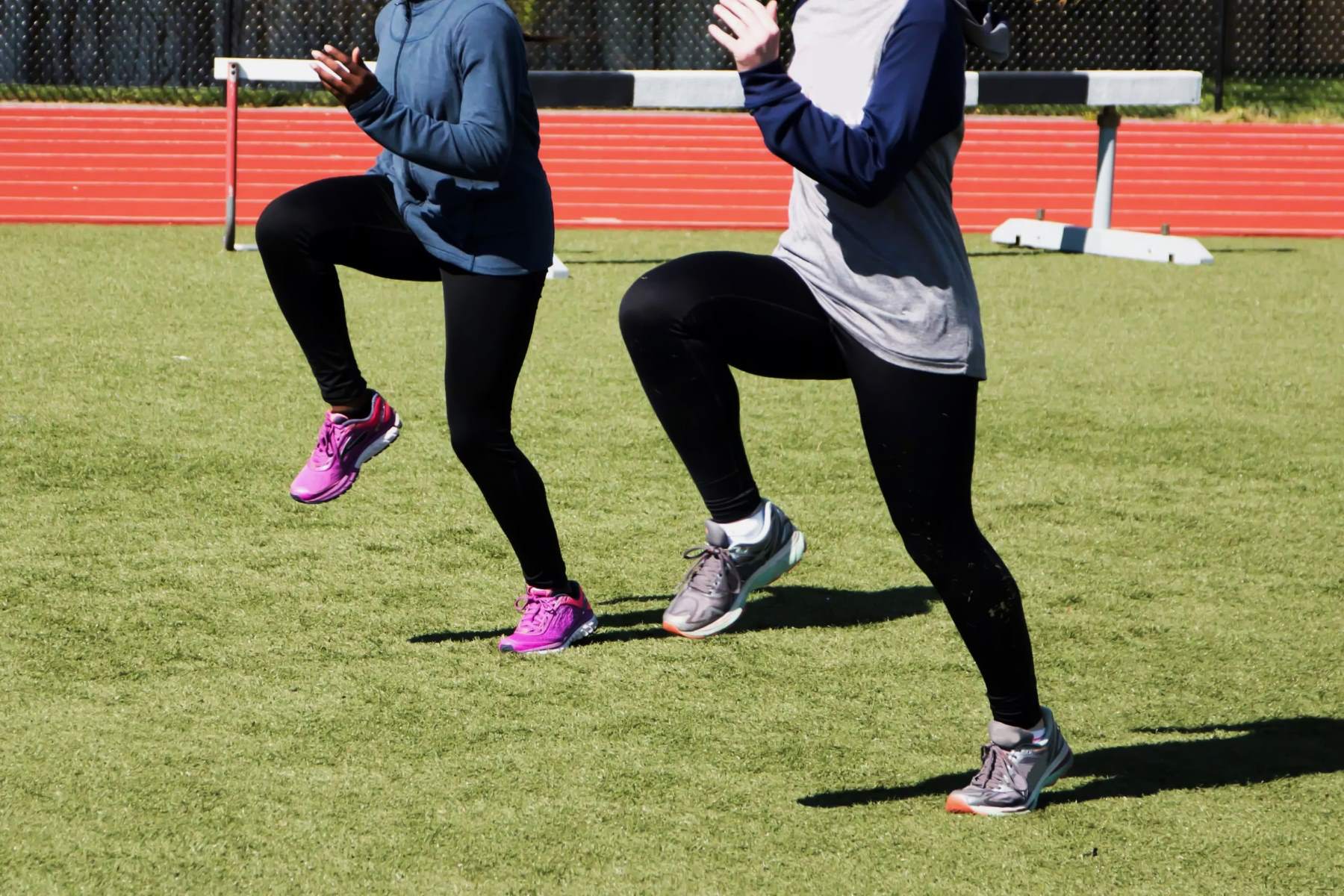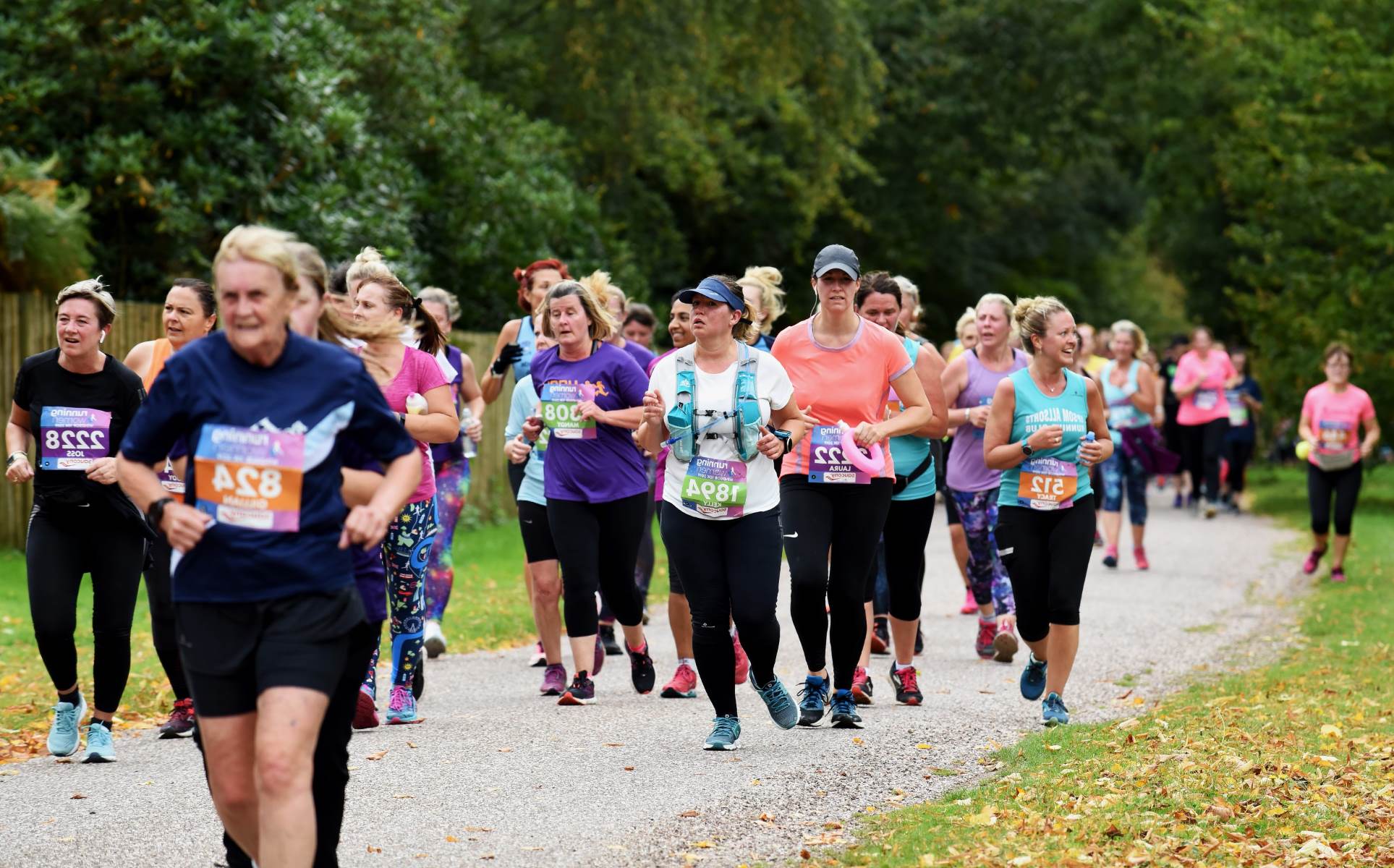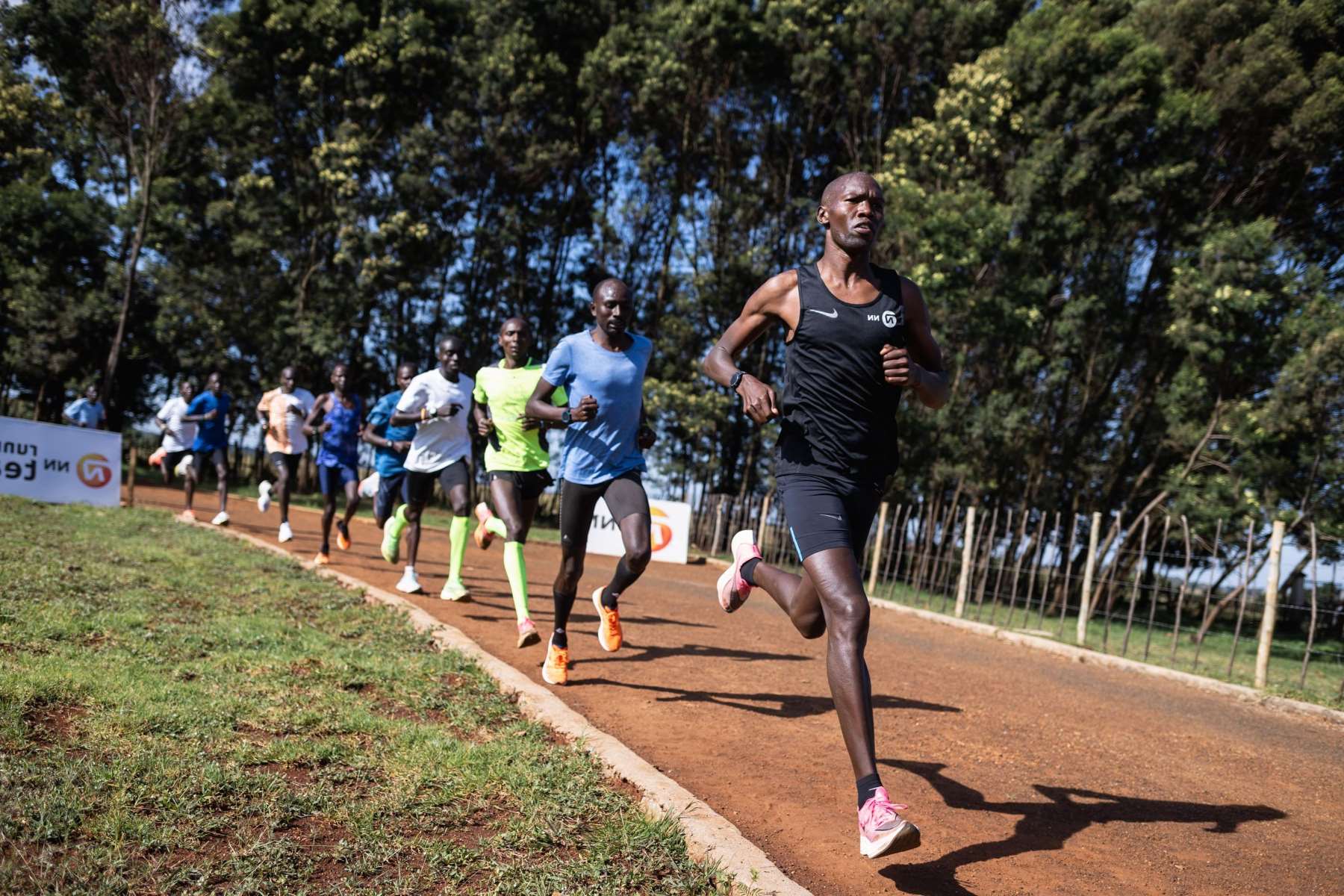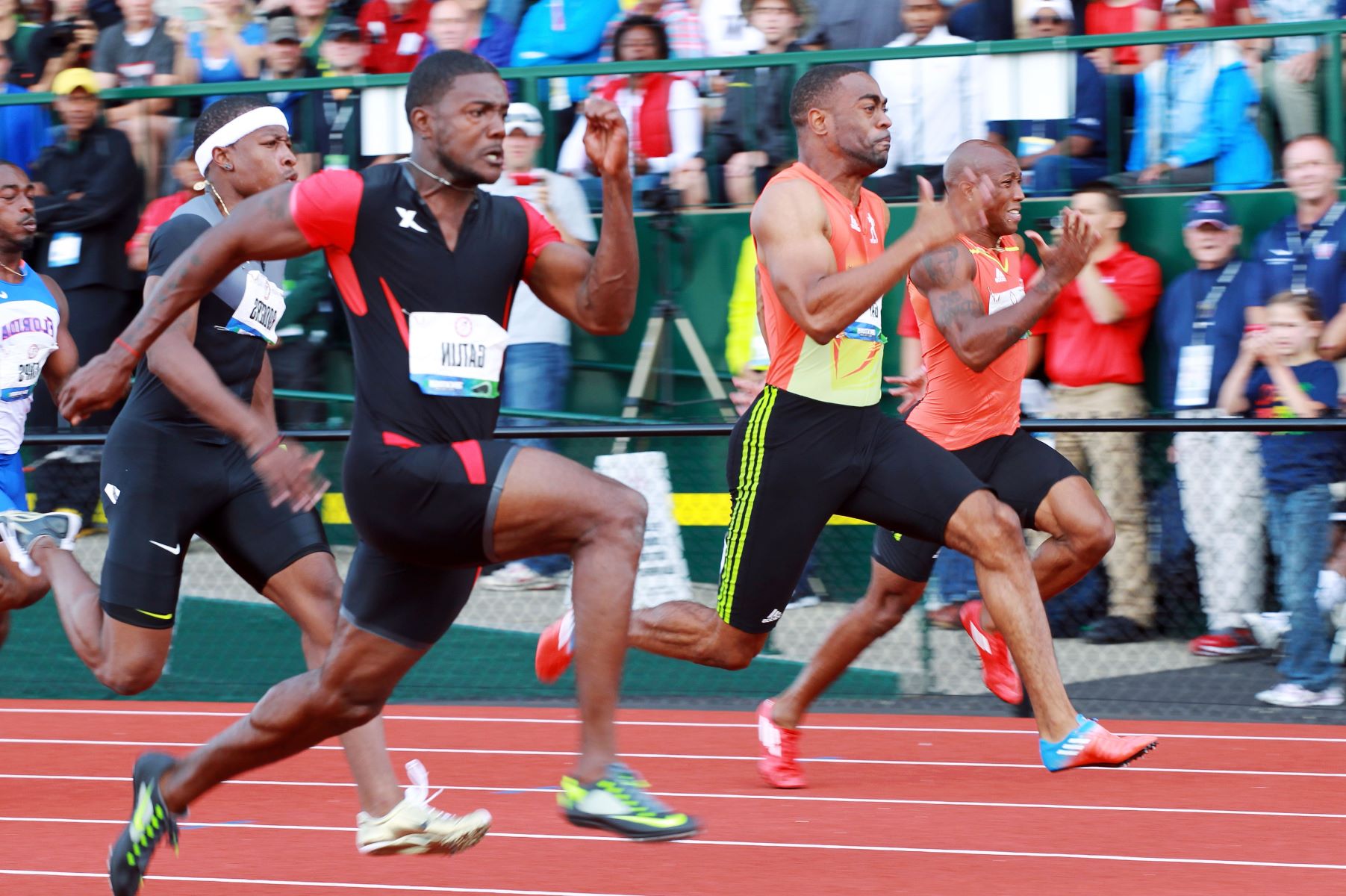Home>Training & Techniques>Improve Your 5K Speed With This Workout


Training & Techniques
Improve Your 5K Speed With This Workout
Published: March 2, 2024
Improve your 5K speed with our expert training and techniques. Enhance your performance and achieve your personal best with our proven workout plan.
(Many of the links in this article redirect to a specific reviewed product. Your purchase of these products through affiliate links helps to generate commission for Therunningadvisor.com, at no extra cost. Learn more)
Table of Contents
Benefits of Improving Your 5K Speed
Improving your 5K speed can yield a multitude of benefits, extending beyond the realm of competitive running. Whether you're a seasoned athlete or a novice runner, enhancing your speed for the 5K distance can have a profound impact on your overall fitness and well-being. Here are some compelling reasons why focusing on 5K speed improvement can be advantageous:
-
Enhanced Cardiovascular Health: Engaging in speed-focused 5K training can significantly elevate your cardiovascular endurance. By challenging your heart and lungs to work more efficiently, you can improve your overall cardiovascular health, reducing the risk of heart disease and other related conditions.
-
Increased Caloric Expenditure: Running at a faster pace during a 5K race requires greater energy expenditure. As a result, improving your 5K speed can help you burn more calories in a shorter amount of time, making it an effective component of a weight management or fat loss strategy.
-
Boosted Mental Toughness: Pushing your limits to improve your 5K speed can cultivate mental resilience and fortitude. Overcoming the physical and mental challenges of speed training can bolster your confidence and mental toughness, which can be applied to various aspects of your life.
-
Time Efficiency: Unlike longer distance races, the 5K distance allows for efficient training sessions. By focusing on speed improvement, you can achieve significant fitness gains with shorter, more intense workouts, making it an ideal option for individuals with busy schedules.
-
Performance Progression: Improving your 5K speed can serve as a tangible measure of your progress and fitness level. Witnessing your race times decrease and your speed increase can be incredibly rewarding, motivating you to continue striving for improvement.
-
Diverse Training Stimulus: Incorporating speed-focused workouts into your training regimen introduces a diverse stimulus to your body, promoting overall fitness and preventing plateaus in performance.
By recognizing and embracing the numerous benefits of improving your 5K speed, you can harness the motivation and determination needed to embark on a focused and rewarding journey toward enhanced running performance.
Understanding the Components of a 5K Race
The 5K race, spanning a distance of 5 kilometers or 3.1 miles, is a popular and accessible event that attracts a diverse range of participants, from casual runners to seasoned athletes. Understanding the components of a 5K race is essential for optimizing training and performance in this unique distance event.
Distance and Duration
The 5K race presents a balance of speed and endurance, requiring participants to maintain a brisk pace for a relatively short duration. While the distance may seem manageable compared to longer races, such as the half-marathon or marathon, the 5K demands a strategic approach to pacing and effort due to its high-intensity nature.
Pacing Strategy
Effective pacing is crucial for a successful 5K race. Participants must find the optimal balance between starting strong to gain momentum and conserving energy for the latter part of the race. Unlike longer distances, there is minimal room for error in pacing during a 5K, making it imperative to gauge one's abilities accurately and execute a well-calibrated race plan.
Terrain and Elevation
The 5K course can vary significantly in terrain, presenting challenges such as hills, inclines, or uneven surfaces. Understanding the course's topography is essential for devising a race strategy and training appropriately. Hill training and speed work tailored to different terrains can enhance a runner's adaptability and resilience during the race.
Read more: Expert Tips For Running A Sub 20 5k
Mental Resilience
While the 5K is a relatively short race, it demands mental fortitude and resilience. Participants must navigate discomfort and fatigue while maintaining focus and determination throughout the intense effort. Developing mental strategies, such as positive self-talk and visualization, can significantly impact performance in the latter stages of the race.
Sprint Finish
The final stretch of a 5K often involves a sprint to the finish line. Participants must be prepared to unleash a burst of speed, tapping into their remaining energy reserves to achieve a strong finish. Training for this critical phase involves specific speed workouts and mental preparation to embrace the discomfort and push through the final sprint.
Understanding these components of a 5K race provides valuable insights for runners aiming to excel in this distance. By honing their pacing, adapting to varied terrains, cultivating mental resilience, and preparing for a strong finish, participants can optimize their performance and derive greater satisfaction from the unique challenges of the 5K race.
The Importance of Speed Workouts for 5K Training
Speed workouts play a pivotal role in 5K training, serving as a catalyst for significant performance enhancements and overall race preparedness. These targeted training sessions are designed to elevate a runner's speed, endurance, and mental resilience, aligning with the specific demands of the 5K distance. Understanding the importance of integrating speed workouts into a comprehensive training regimen is essential for runners striving to maximize their potential in this dynamic and exhilarating race.
Enhancing Speed and Power
Speed workouts are tailored to enhance a runner's speed and power, enabling them to sustain a brisk pace throughout the 5K race. By incorporating intervals, tempo runs, and hill sprints into their training routine, runners can develop the muscular strength and neuromuscular coordination necessary to propel themselves forward with greater efficiency and velocity. These workouts stimulate fast-twitch muscle fibers, fostering the explosiveness and agility required to tackle the swift demands of the 5K distance.
Improving Aerobic Capacity
In addition to bolstering speed, targeted speed workouts contribute to the improvement of aerobic capacity, a critical determinant of 5K performance. Intense intervals and tempo runs challenge the cardiovascular system, prompting adaptations that enhance oxygen utilization and overall endurance. By pushing the boundaries of their aerobic threshold during speed workouts, runners can elevate their capacity to sustain a challenging pace throughout the entirety of the 5K race, ultimately leading to improved race times and a heightened sense of accomplishment.
Mental Toughness and Race Preparedness
Speed workouts not only fortify the body but also cultivate mental toughness and race preparedness. The demanding nature of speed-focused training sessions challenges runners to confront discomfort, fatigue, and self-imposed limitations, fostering a resilient mindset essential for success in the competitive environment of a 5K race. By embracing the rigors of speed workouts, runners develop the mental fortitude to confront the inevitable hardships of the race, empowering them to persevere and excel when confronted with adversity.
Preventing Plateaus and Monotony
Integrating speed workouts into a 5K training plan introduces variety and progression, mitigating the risk of performance plateaus and training monotony. By incorporating diverse training stimuli, such as interval variations and speed-based challenges, runners can continuously stimulate their bodies, preventing adaptation and stagnation. This dynamic approach not only sustains motivation and engagement but also fosters ongoing improvements in speed, endurance, and overall race readiness.
Optimizing Performance
Ultimately, the incorporation of speed workouts into 5K training endeavors is geared toward optimizing performance and unlocking an individual's full potential. By honing speed, power, endurance, and mental resilience through targeted training sessions, runners can position themselves for a breakthrough performance, transcending their previous limitations and achieving new levels of speed and race-day prowess.
In essence, the significance of speed workouts for 5K training lies in their capacity to elevate a runner's physical capabilities, mental fortitude, and overall race preparedness, culminating in a transformative and fulfilling racing experience. Embracing the rigors of speed-focused training is a testament to a runner's commitment to excellence, propelling them toward their 5K goals with unwavering determination and unwavering resolve.
Read more: 5K Run: Boost Your Endurance And Fitness
The Workout: Interval Training for 5K Speed Improvement
Interval training stands as a cornerstone of 5K speed improvement, offering a structured and dynamic approach to enhancing a runner's speed, endurance, and overall race readiness. This targeted workout regimen, characterized by alternating periods of high-intensity effort and active recovery, is tailored to elicit physiological adaptations that directly translate to enhanced performance in the 5K distance.
Structuring the Intervals
The essence of interval training lies in its versatility and adaptability, allowing runners to customize their workouts based on their current fitness level and specific performance goals. A typical interval session for 5K speed improvement may involve alternating intervals of high-intensity running, often at or slightly above race pace, with periods of active recovery, such as light jogging or walking. The duration and intensity of the intervals can be modulated to accommodate individual capabilities and training progress, ensuring a challenging yet sustainable workout experience.
Benefits of Interval Training
Interval training for 5K speed improvement yields a myriad of physiological and performance benefits. By subjecting the body to repeated cycles of intense effort and recovery, this workout regimen stimulates cardiovascular adaptations, enhances muscular endurance, and elevates the body's capacity to tolerate and buffer lactic acid accumulation. These physiological enhancements directly contribute to improved speed, endurance, and overall race performance, making interval training a potent tool for 5K-focused runners.
Variations and Progressions
The versatility of interval training allows for the incorporation of diverse workout variations and progressions, catering to the evolving needs and capabilities of the runner. Progressing from shorter, more intense intervals to longer, sustained efforts can cultivate the ability to sustain a challenging pace throughout the 5K race. Additionally, incorporating variations such as hill intervals, fartlek intervals, or track-based repetitions can introduce a diverse stimulus to the body, promoting comprehensive physical adaptations and race-specific preparedness.
Mental Resilience and Race Simulation
Beyond its physiological impact, interval training fosters mental resilience and race simulation, preparing runners to confront the discomfort and demands of the 5K race environment. Embracing the rigors of intense intervals cultivates a resilient mindset, enabling runners to navigate fatigue, discomfort, and self-imposed limitations with unwavering determination. Furthermore, structuring intervals to mirror the demands of the 5K race course can provide invaluable race-specific preparation, empowering runners to tackle the challenges of the distance with confidence and composure.
Integration into Training Plan
Integrating interval training into a comprehensive 5K training plan involves strategic planning and periodization to optimize its benefits. By strategically scheduling interval sessions within the training week and balancing them with appropriate recovery and easy runs, runners can maximize the physiological adaptations while minimizing the risk of overtraining or injury. This deliberate integration ensures that interval training serves as a catalyst for 5K speed improvement, propelling runners toward their performance goals with precision and efficacy.
In essence, interval training stands as a cornerstone of 5K speed improvement, offering a multifaceted approach to enhancing speed, endurance, and mental resilience. By embracing the structured intensity and strategic adaptability of interval workouts, runners can unlock their full potential, transcending their previous limitations and achieving new levels of speed and race-day prowess.
Tips for Incorporating the Workout into Your Training Plan
-
Gradual Progression: When integrating interval training for 5K speed improvement into your training plan, prioritize a gradual progression approach. Begin with manageable interval durations and intensities, allowing your body to adapt to the increased demands. As your fitness and familiarity with the workouts advance, gradually escalate the intensity and duration of the intervals to continually challenge your capabilities.
-
Strategic Scheduling: Strategically schedule interval sessions within your training week to optimize their impact. Consider incorporating intervals after a rest day or easy run to ensure that you approach the workout with adequate energy and readiness. Additionally, allow for sufficient recovery time between interval sessions to prevent overexertion and promote optimal adaptation.
-
Balanced Recovery: Emphasize the significance of balanced recovery between interval repetitions. Allocate ample time for active recovery periods, enabling your body to partially replenish energy stores and prepare for the subsequent high-intensity effort. Prioritizing recovery fosters consistency and quality in each interval, maximizing the physiological adaptations derived from the workout.
-
Race-Specific Simulation: Tailor your interval training to simulate the demands of the 5K race course. Incorporate intervals that mirror the terrain and pacing challenges you anticipate encountering during the race. By simulating race conditions in your training, you can acclimate your body and mind to the specific demands of the 5K distance, enhancing your preparedness for race day.
-
Mindful Monitoring: Engage in mindful monitoring of your progress and performance during interval training. Pay attention to key metrics such as pace, heart rate, and perceived exertion to gauge the effectiveness of your intervals. By monitoring your performance, you can make informed adjustments to your training plan, ensuring that your intervals align with your evolving fitness and race goals.
-
Adaptation and Flexibility: Remain adaptable and open to adjustments in your interval training based on your body's response and feedback. If you encounter signs of excessive fatigue or persistent discomfort, be willing to modify the intensity or duration of the intervals to accommodate your current state. Flexibility in your approach promotes sustainable progress and mitigates the risk of overtraining or injury.
-
Recovery Emphasis: Place a strong emphasis on post-interval recovery to facilitate optimal adaptation and minimize the risk of injury. Engage in post-workout routines that promote recovery, such as gentle stretching, hydration, and adequate nutrition. Prioritizing recovery between interval sessions supports your body's ability to repair and adapt, setting the stage for continued progress.
Incorporating these tips into your training plan can elevate the effectiveness of interval training for 5K speed improvement, empowering you to harness the full potential of this targeted workout regimen. By embracing a strategic and mindful approach to interval integration, you can optimize your training, enhance your race preparedness, and propel yourself toward peak performance in the exhilarating realm of 5K racing.












